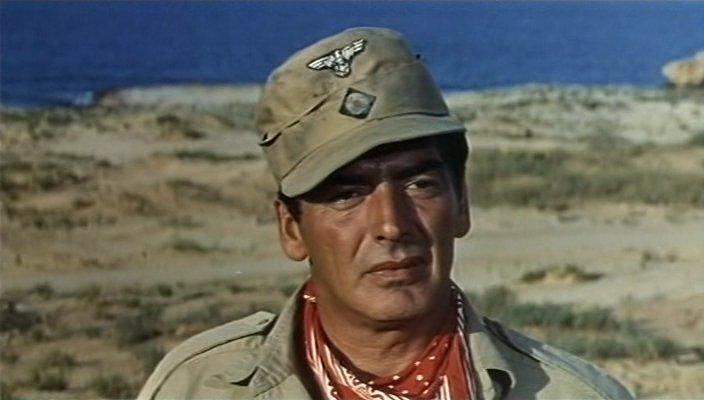
The data was processed and on April 12, 1955, six years from when Salk began his research, the Salk polio vaccine was declared “safe and effective.” Church bells rang and newspapers across the world claimed “Victory Over Polio.” Vaccinations and global health security In 1954, the March of Dimes organized a national field trial of 1.8 million schoolchildren, the largest medical study in history. While the results were positive, the vaccine still needed to be tested more widely to gain approval. In 1953, Salk was given permission to test the vaccine on healthy children and began with his three sons, followed by a vaccination pilot study of 7,500 children in local Pittsburgh schools. Ten years earlier, a different polio vaccine had inadvertently given kids polio, killing nine of them. There were no guarantees this would work.

He pursued a killed virus vaccine, trying it first on cells in the lab, then monkeys and, next, young people who already had polio. While most in the scientific community believed that a live polio virus vaccine was the answer, Salk went against medical orthodoxy. Even President Roosevelt traveled to Warm Springs, Georgia, believing that the water there might have curative effects. There were many false leads and dead ends in pursuing remedies. Three floors above his lab was a polio ward filled to capacity with adults and children in iron lungs and rocking beds to help them breathe. He had wanted to work on influenza but switched to polio, an area where research funding was more available. Jonas Salk was 33 when he began his medical research in a basement lab at the University of Pittsburgh. I believe that’s an idea we need to resurrect today. Peter Salk, in an interview for our film, when the public trusted the medical community and believed in each other. That was a time, said Salk’s oldest son, Dr. Thousands of March of Dimes contributions were delivered to the White House in 1938. In the process, he changed American philanthropy, which had been largely the domain of the wealthy. He encouraged every American to send dimes to the White House to support treating polio victims and researching a cure. President Roosevelt, who kept his own paralysis from polio hidden from the public, organized the nonprofit National Institute of Infant Paralysis, later known as the March of Dimes. My own neighbor, Martha Hunter, was in grade school when her parents volunteered her for “the shot,” the experimental Salk vaccine that no one knew if it would work. In the Salk lab, a graduate student, Ethyl “Mickey” Bailey, pipetted by mouth – pulling liquid up thin glass tubes – live polio virus as part of the research process. His wife Sylvia was terrified that he would transmit polio to their two young sons when he came home at night.

Sidney Busis, a young physician at the time, performed tracheotomies on two-year-old children, making an incision in their necks and enclosing them in iron lung to artificially sustain their breathing. Bettman Collection via Getty Imagesĭeveloping the vaccine was a collective effort, from national leadership by President Franklin Roosevelt to those who worked alongside Salk in the lab and the volunteers who rolled up their sleeves to be experimentally inoculated. By the end of the century, the polio scare had become a faint memory.įirst and second graders in San Diego line up to be vaccinated in 1955. He refused a patent for his work, saying the vaccine belonged to the people and that to patent it would be like “patenting the Sun.” Leading drug manufacturers made the vaccine available, and more than 400 million doses were distributed between 19, reducing the cases of polio by 90%. With the success of the polio vaccine, Jonas Salk, 39, became one of the most celebrated scientists in the world. It was the most feared disease of the 20th century. Pulling together as a nationīefore a vaccine was available, polio caused more than 15,000 cases of paralysis a year in the U.S. As a filmmaker and senior lecturer at the University of Pittsburgh, I believe these stories provide hope in the fight to combat another unseen enemy, coronavirus. In conjunction with the 50th anniversary celebration of the polio vaccine, I produced a documentary, “ The Shot Felt ‘Round the World,” that told the stories of the many people who worked alongside Salk in the lab and participated in vaccine trials. Ultimately, poliomyelitis was conquered in 1955 by a vaccine developed by Jonas Salk and his team at the University of Pittsburgh. Those who survived this highly infectious disease could end up with some form of paralysis, forcing them to use crutches, wheelchairs or to be put into an iron lung, a large tank respirator that would pull air in and out of the lungs, allowing them to breathe. peaked at 57,879, resulting in 3,145 deaths. In 1952, the number of polio cases in the U.S.


 0 kommentar(er)
0 kommentar(er)
